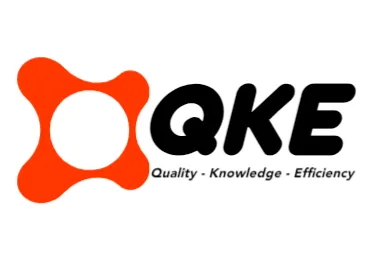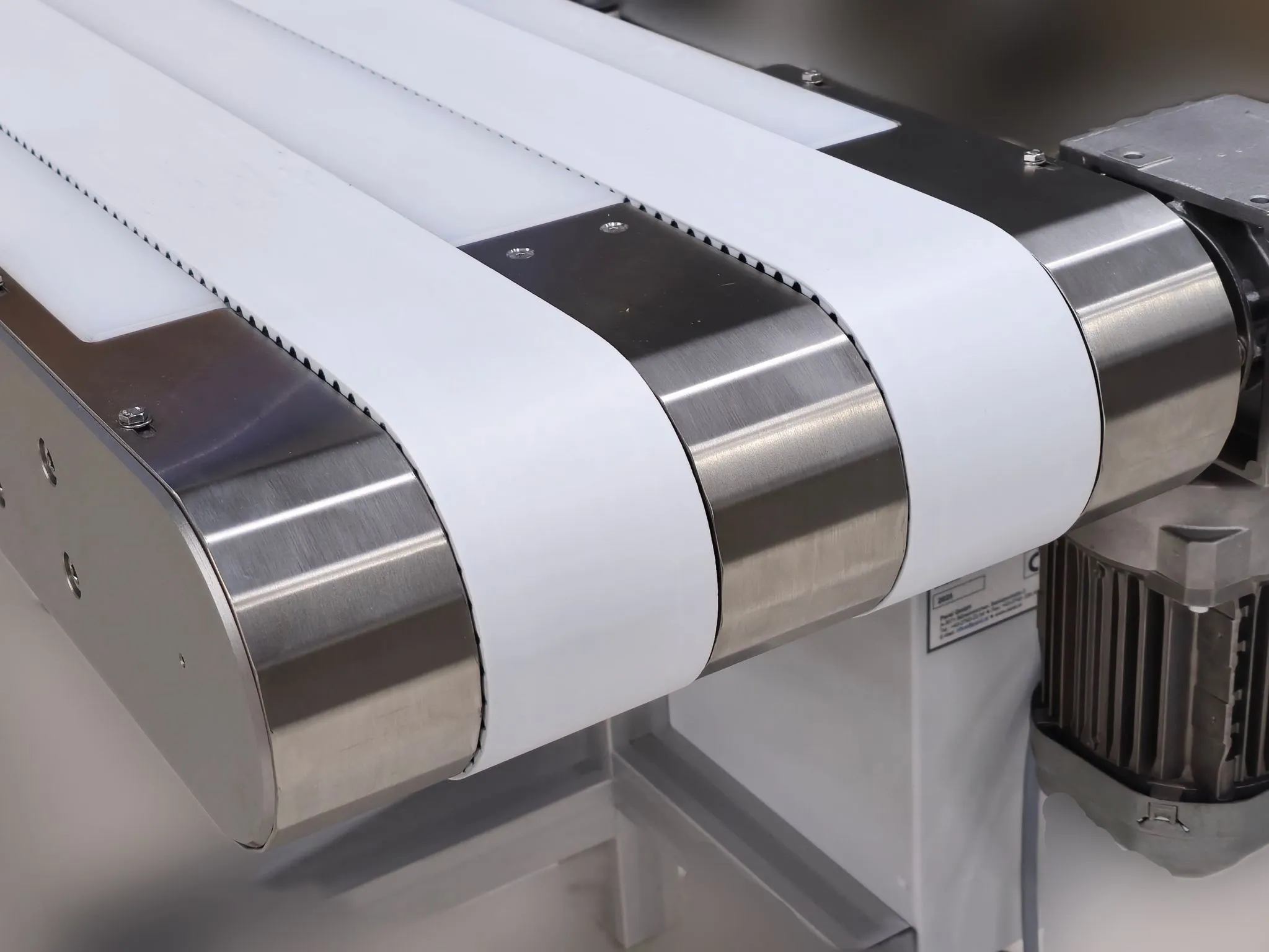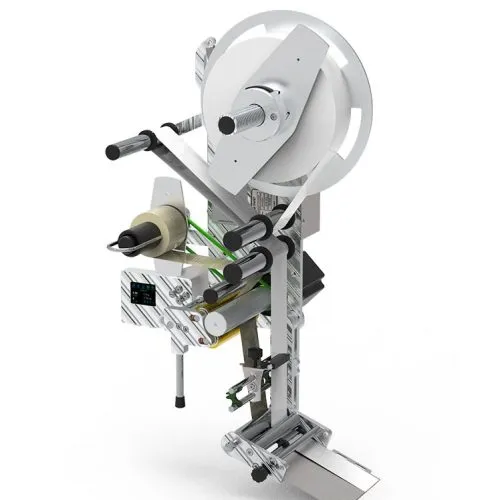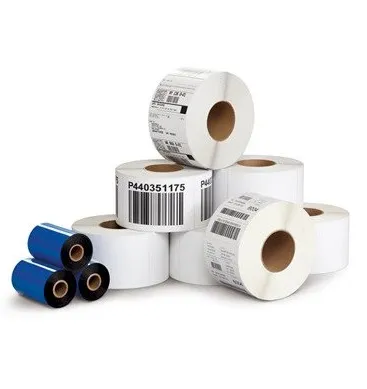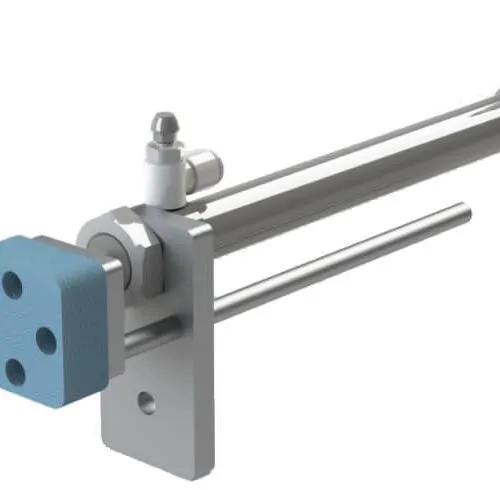Industrial conveyors enhance material handling across various sectors. Belt conveyors offer versatile, continuous movement. Gravity utilizes inclined rollers for downward motion. Chain-driven systems are suitable for heavy loads. Overhead systems maximize floor space. Industries served include automotive, food, pharmaceutical, and logistics. Performance metrics include motor efficiency, dynamic torque, and belt tensile strength. Tailored solutions address sanitation, regulatory standards, and heavy-duty requirements. Customization focuses on material selection and layout optimization. Mechanical and electrical compatibility are vital. Further insights are available.
Types of Conveyor Systems
Industrial conveyor systems come in diverse forms, each customized for specific applications and materials. Belt conveyors, valued for their versatility, employ continuous belts over rollers, facilitating the transport of both bulk and discrete items. Adjustments to the path are infinite. Gravity conveyors, the basic gravity-driven systems, operate by utilizing inclined rollers to push products by way of downward movement.
Slat conveyors replace belts with rigid slats, while chain-driven systems utilize linked chains for carrying heavy loads. The CDLR combines rollers and chains for buffering capabilities. Overhead systems optimize floor space. Considerations for conveyor selection depend heavily on the material characteristics, throughput demands, and spatial constraints of the facility. Informed capacity planning enables optimum process flow.
Industry Applications
Conveyor systems serve critical functions across diverse industries, streamlining manufacturing and logistics operations. The automotive sector utilizes conveyors extensively, enabling efficient assembly lines for chassis, engines, and other components. Overhead conveyors optimize assembly processes, while robotic interfaces enhance automation. Food & beverage companies rely on conveyors to transport packaged goods, while maintaining product integrity through controlled movement. Systems comply with sanitary standards.
In pharmaceuticals and chemicals, conveyors adhere to stringent regulatory requirements, guaranteeing product purity. Slat/chain conveyors are used for transporting chemicals, owing to their resistance to wear. Cleated applications prevent spillage of powders. Logistics and warehousing environments use conveyors for case and pallet handling, optimizing throughput. Consideration of material properties is vital in selecting the appropriate conveyor type. Adapting designs to unique spatial constraints secures efficient integration.
Performance Metrics to Consider
To effectively assess systems, multiple performance metrics must be evaluated. Motor efficiency, particularly at partial loads, is critical; Switched Reluctance Motors (SRM) exhibit 6.4-34% higher efficiency than induction motors. Dynamic torque modeling, incorporating idler design and operational factors, allows for precise energy consumption calculations. Annual energy savings of up to 436 kWh are achievable with high-efficiency SRMs. Monitoring throughput relative to requirements is important.
Furthermore, evaluating Belt integrity via tensile strength (up to 25 MPa) and elongation at break (exceeding 20%) guarantees operational lifespan. Abrasion loss (≤0.1g/cm² for premium belts) indicates wear resistance. Manufacturing KPIs such as OEE, Capacity Utilization, and Defect Density should also be tracked to gauge productivity and quality. Operational parameters, environmental conditions, and control requirements also affects the analysis.
Tailored Solutions by Industry
Specific industries often require conveyance systems tailored to their unique demands. The food processing and beverage sector necessitates sanitation-focused systems that meet FDA, USDA, and BISSC regulatory standards. These systems often incorporate specialized features for handling raw materials, ready-to-eat foods, and bulk products.
The pharmaceutical and medical fields demand conveyors designed for sterile environments, adhering to cGMP and FDA regulatory standards. Contamination control is paramount, necessitating systems with smooth surfaces for hygienic transfer of medicated products.
Industrial and manufacturing applications benefit from heavy-duty conveyors capable of handling metal parts, stamped goods, and bulk loads. E-commerce and distribution utilize high-speed conveyors with specialized features for real-time package sorting and order fulfillment. The packaging and contract manufacturing industry needs precision-based transfers with controlled speeds.
Customization Possibilities
Expanding upon tailored solutions, understanding customization options further illustrates the adaptability of industrial conveyance. Customization spans several critical areas. Material selection receives focused attention, with options ranging from woven wire for abrasive materials to specialized coatings for sticky substances. Electrically conductive, X-ray compatible, and high-temperature-resistant belts cater to niche applications, ensuring best performance across diverse operating conditions.
Customization ensures best performance through material selection and adapting to diverse operating conditions.
Layout optimization constitutes another vital customization aspect since modular components facilitate directional changes and elevation adjustments. Reconfigurable layouts accommodate evolving production demands. A multi-level spiral conveyor system provides solutions for elevation changes in compact environments.
Consider the possibilities:
- Lost production due to system failure.
- Damaged product due to incorrect belt material.
- An unsafe work environment due to lack of proper safety measures.
These drive the importance of proper customization through precision-engineered modular components, end-to-end design, training, and replacement parts programs.
Integration and Adaptability
Integration and adaptability in industrial conveyors warrant careful consideration, given the imperative of operational efficiency. Mechanical compatibility demands alignment on height, width, and materials. Electrical disparities between legacy devices and modern sensors and controllers introduce *retrofit challenges*. Load and environmental factors further necessitate precise adjustments.
Adaptive strategies include modular designs for reconfiguration, standardized widths for compatibility, and phased implementation plans. Future-ready designs must also prioritize IoT and emerging technology readiness. Technology improves *system interoperability* via sensors monitoring throughput, temperatures, and speeds. Predictive analytics anticipate downtime, while Industry 4.0 connectivity centralizes control through Manufacturing Execution Systems. AI-driven inspections automate defect detection, and algorithms dynamically optimize routing. Scalability and adaptable layouts maintain flexibility, addressing shifting production needs.

 Tiếng Việt
Tiếng Việt 日本語
日本語 中文 (中国)
中文 (中国) 한국어
한국어